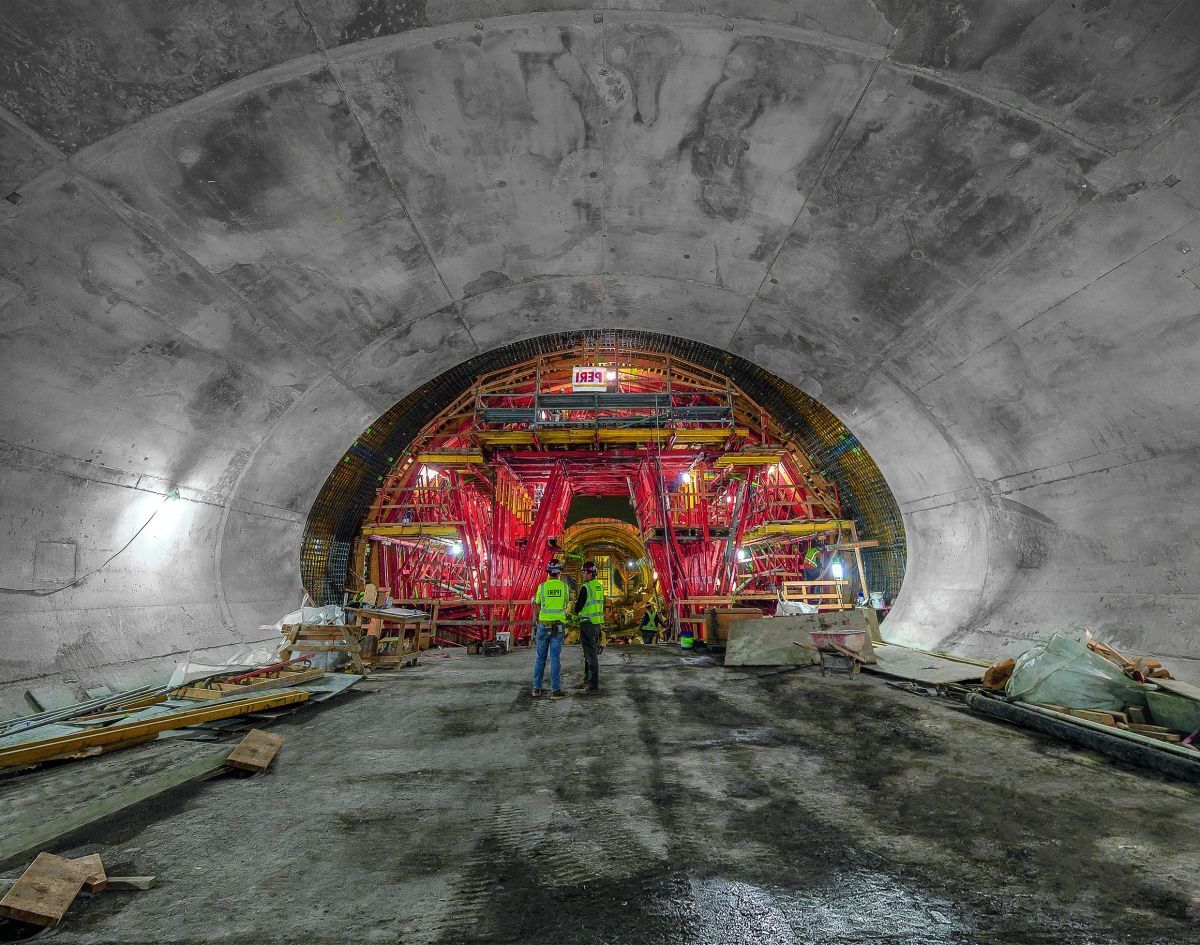Mysteries Of San Francisco’s Chinatown Tunnels

Have you ever wondered about the hidden secrets beneath San Francisco's bustling streets? San Francisco's Chinatown tunnels hold a rich history that many visitors overlook. These underground passages, dating back to the 19th century, weave a fascinating tale of immigration, survival, and community. Originally built for practical purposes like storage and transportation, they later became a refuge during times of turmoil. Today, these tunnels offer a glimpse into the past, revealing stories of resilience and ingenuity. Whether you're a history buff or just curious, exploring the Chinatown tunnels can add a unique layer to your understanding of this vibrant neighborhood.
The Enigmatic History of Chinatown Tunnels
San Francisco's Chinatown is a vibrant neighborhood filled with rich history, culture, and mystery. Beneath its bustling streets lies a network of tunnels shrouded in legend and intrigue. These tunnels have sparked countless stories and theories about their origins and uses.
Secret Passageways and Hidden Entrances
Exploring these tunnels can feel like stepping into another world. Here are some of the most fascinating spots where you can catch a glimpse of these hidden passageways.
Ross Alley: Known for its fortune cookie factory, Ross Alley also hides entrances to the mysterious tunnels. Locals whisper about secret doors behind certain shops.
Old St. Mary's Cathedral: This historic church is rumored to have hidden tunnels used by priests during the Gold Rush era. Some believe these tunnels connected to nearby buildings for discreet travel.
Portsmouth Square: Once the heart of old San Francisco, Portsmouth Square is said to have tunnels that were used for smuggling goods and people during the 19th century.
Theories and Legends Surrounding the Tunnels
Many theories exist about why these tunnels were built and how they were used. Some are based on historical facts, while others are more speculative.
Opium Dens: One popular theory suggests the tunnels were used to connect opium dens, allowing patrons to move discreetly between them without being seen.
Prohibition-Era Speakeasies: During Prohibition, these tunnels may have served as secret passageways to underground speakeasies, where people could enjoy alcohol away from prying eyes.
Escape Routes: Some believe the tunnels were built as escape routes for Chinese immigrants facing persecution or raids by law enforcement.
Modern-Day Exploration and Preservation
Today, efforts are being made to preserve these tunnels and uncover their secrets. While many are sealed off or forgotten, some can still be explored with the right guide.
Chinatown Walking Tours: Several local tour companies offer guided walks that include stories about the tunnels and their history. These tours provide a safe way to learn more about this hidden aspect of Chinatown.
Historical Societies: Organizations like the Chinese Historical Society of America work to preserve Chinatown's history, including its tunnels. They often host events and exhibits that shed light on this fascinating topic.
Local Museums: Museums in San Francisco sometimes feature exhibits about the tunnels, offering artifacts and information about their mysterious past.
The Cultural Impact of the Tunnels
The tunnels have left a lasting impact on Chinatown's culture and identity. They are a testament to the resilience and ingenuity of the Chinese community in San Francisco.
Literature and Film: The tunnels have inspired numerous books and movies, adding to their mystique. Stories often depict them as places of adventure and danger.
Community Stories: Oral histories passed down through generations keep the legends of the tunnels alive. These stories are an important part of Chinatown's cultural heritage.
Architectural Influence: The existence of these tunnels has influenced the architecture of Chinatown, with some buildings designed to conceal entrances or connect to the underground network.
The Ongoing Mystery
Despite extensive research and exploration, many questions about the Chinatown tunnels remain unanswered. Their true purpose and extent continue to be subjects of fascination and debate.
Uncharted Sections: Many parts of the tunnel network remain unexplored, leaving room for future discoveries. Who knows what secrets still lie hidden beneath the streets?
Historical Records: Limited documentation from the time the tunnels were built makes it difficult to piece together their full history. Researchers rely on a combination of oral histories, old maps, and physical evidence.
Urban Legends: The lack of concrete information has given rise to numerous urban legends, each adding to the tunnels' allure. These stories keep the mystery alive and ensure that the tunnels remain a captivating topic for years to come.
Hidden Stories Beneath Chinatown
San Francisco's Chinatown tunnels hold a rich history. These underground passages tell tales of resilience, culture, and survival. They were once bustling with secret activities, from opium dens to gambling halls. Today, they offer a glimpse into the past, showing how the Chinese community adapted to harsh conditions.
Exploring these tunnels reveals more than just hidden pathways. It uncovers the spirit of a community that thrived despite adversity. Walking through them, you can almost hear the whispers of those who once sought refuge or conducted secret business.
Next time you visit Chinatown, think about the stories beneath your feet. The tunnels are a testament to the strength and ingenuity of the people who built and used them. They remind us that history is not just above ground but also hidden in the shadows, waiting to be discovered.

